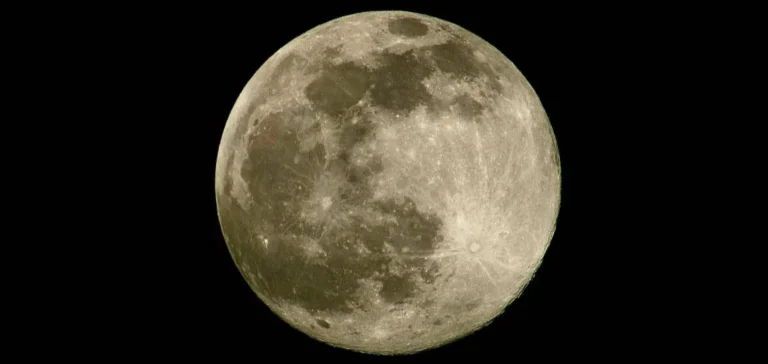The American space agency has officially launched a process to construct a surface nuclear reactor on the Moon before 2030, reaffirming its intention to assert itself in the new race to exploit the satellite. This initiative comes amid heightened competition with China and Russia, who have recently unveiled their own project for an automated nuclear power station on the Moon by 2035.
Accelerated deployment and call to private industry
The agency’s acting head, Sean Duffy, recently appointed by President Donald Trump, has called on private industry to develop a reactor producing at least 100 kilowatts, a capacity considered essential to support continuous human activity on the Moon. This threshold remains modest compared to terrestrial standards, as an onshore wind turbine generally produces 2 to 3 megawatts, but it represents a technological milestone in the lunar environment.
A previous call for tenders in 2022 had already awarded three contracts of $5mn each to companies for the design of a first demonstrator. The new ambitions of the American agency come as other nations, such as China, Russia, India, and Japan, are also accelerating their lunar exploration programmes and considering the establishment of permanent inhabited bases.
Technical challenges and international framework
The ability of a nuclear reactor to guarantee a stable electricity supply during the long lunar nights—equivalent to two weeks on Earth—constitutes, according to many experts, an unavoidable solution given the limitations of solar panels and batteries. Dr Sungwoo Lim, a specialist in space applications, considers that “megawatt-scale energy production is indispensable to ensure the viability of even a modest habitat”.
Several academics note that modular small reactor concepts already exist. Their deployment will, however, require a schedule of regular launches via the Artemis programme to deliver the necessary equipment and infrastructure.
Risks and uncertainties linked to the project
The transport of radioactive materials remains a sensitive issue, requiring specific authorisations and strict safety measures. According to Dr Simeon Barber, a planetary science specialist, these risks are well identified but remain technically surmountable. The project comes in an uncertain budgetary context, marked by a 24% reduction in the agency’s budget announced for 2026, also impacting other major scientific missions.
Some voices within the scientific community are questioning the geopolitical motivation behind this timeline, as the Artemis agreement signed in 2020 by seven countries already raises the issue of managing “safety zones” around lunar infrastructure—a concept likely to be interpreted as a claim of sovereignty.
Dr Barber points out that “if a nuclear base is installed without the ability to bring people and equipment there, its usefulness will be limited”, thus highlighting the need to synchronise technological progress, launch capacity, and long-term strategic vision.






















